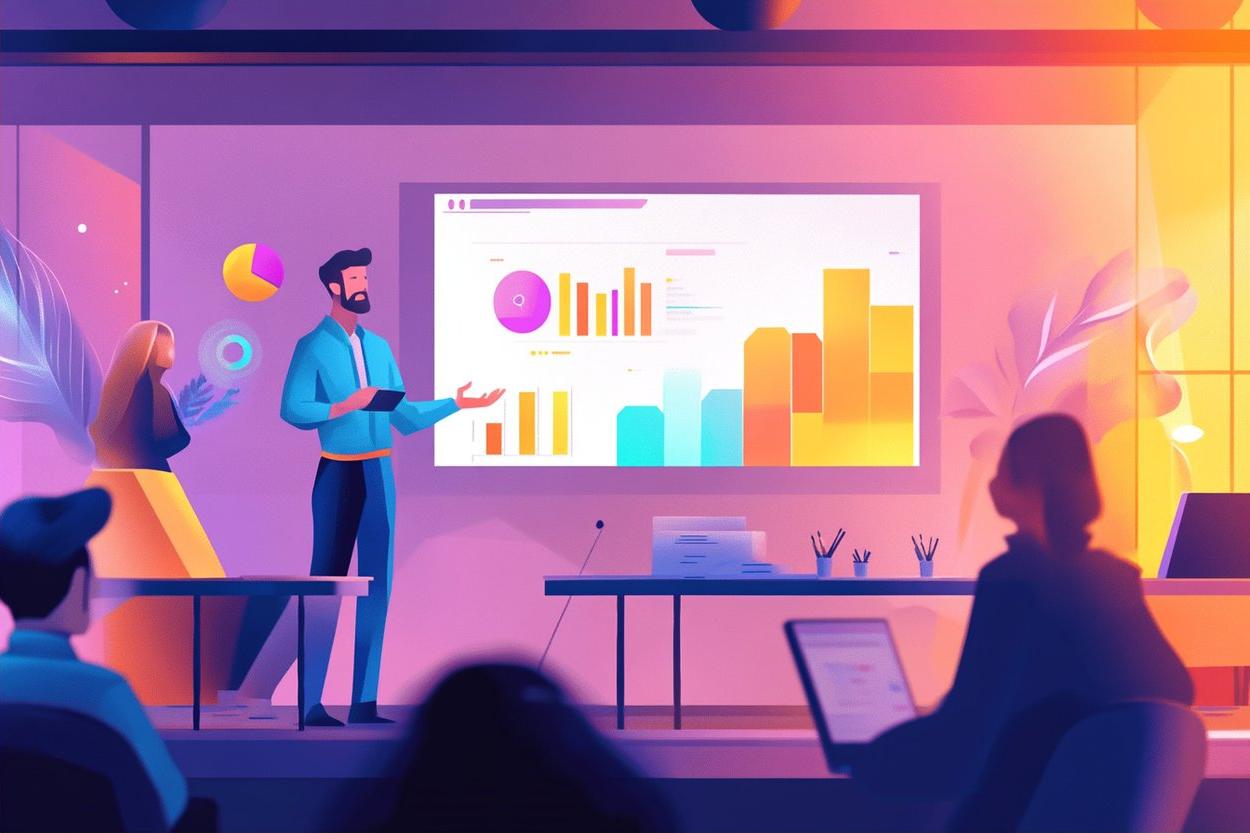Using Audience Analytics to Inform Creative Decisions
Audience analytics can transform how cultural programs are conceived and refined. By combining visitor behavior, ticketing patterns, accessibility data, and feedback from participatory events, organizers can make clearer choices about programming, curation, and storytelling that respond to real audience needs.

Audience data is no longer just attendance figures; it is a rich source of insight that helps creative teams tailor exhibitions, performances, and festivals to real behaviors and interests. Properly interpreted analytics bridge intuition and evidence, revealing which storytelling approaches resonate, which experiential elements encourage participation, and where accessibility or ticketing friction reduces engagement. When applied thoughtfully, analytics support more equitable programming and stronger connections between creators and visitors.
How can immersive data inform exhibitions?
Immersive exhibitions rely on multisensory design and flow. Analytics — including heatmaps from sensors, session durations in immersive zones, and engagement with interactive elements — show which installations hold attention and where visitors drift away. Combining qualitative visitor comments with quantitative streaming or sensor data helps curators balance spatial storytelling and technical intensity. For exhibition teams, these insights guide adjustments to pacing, signage, and participatory prompts so that immersive moments align with diverse audience expectations and enhance overall narrative coherence.
What role does analytics play in curation?
Curation benefits from audience segmentation and behavioral trends. Analytics can reveal demographic patterns, repeat visitation rates, and content preferences drawn from surveys, ticketing purchases, and online engagement. Curators can use this evidence to diversify programming, select complementary works, or schedule rotations that maintain interest. Data also supports inclusive curation by highlighting underrepresented visitor groups and the types of accessibility accommodations that improve their experience, encouraging more deliberate and audience-responsive selection practices.
How can programming boost engagement and participation?
Programming that emphasizes participatory and experiential formats often increases visitor investment, but success varies by context. Analytics on registration numbers, drop-off points during events, chat or Q&A participation during streaming, and social sharing metrics indicate which formats foster sustained involvement. Organizers can iterate on workshop lengths, facilitator roles, and on-site prompts to boost active participation. Tracking these metrics across festivals and venues creates a feedback loop to refine formats that reliably convert passive viewers into engaged participants.
How do hybrid and streaming models affect accessibility?
Hybrid and streaming offerings expand reach but create new choices about accessibility and personalization. Analytics on streaming viewership, session completion rates, and on-demand replay behavior show how remote audiences consume content differently from in-person attendees. Accessibility data — caption use, audio description requests, and platform compatibility — helps platforms prioritize inclusive features. By combining on-site ticketing data with online engagement metrics, organizers can design hybrid schedules and access models that remove barriers and provide equitable experiences for diverse audiences.
How can personalization improve experiential storytelling?
Personalization guided by analytics helps tailor storytelling without undermining artistic intent. Data on visitor pathways, preferred exhibits, and prior engagement can inform optional layers of interpretive content: adaptive audio guides, choice-driven narratives, or recommended routes through a venue. When personalization is transparent and privacy-respecting, it increases relevance and retention. Analytics teams should collaborate with creative leads to ensure personalized elements enhance rather than fragment the core experiential arc and that they respect consent and data protection norms.
How can venues and festivals use ticketing and data?
Ticketing systems produce practical signals for scheduling, pricing experiments, and capacity planning. Combining ticket sales patterns with onsite dwell times and post-event surveys identifies bottlenecks and opportunities for tiered experiences. For festivals and multi-venue events, cross-referencing ticketing with location-based engagement can optimize routing, staffing, and ancillary programming. Data-driven insights also inform promotional targeting and partnerships, helping operations align resources with the programming formats that demonstrate the strongest engagement and retention.
Conclusion
Audience analytics offer creative stakeholders clearer, evidence-based pathways for refining exhibitions, programming, and storytelling. When analytics are integrated with curatorial judgement, experiential design, and accessibility principles, they can improve engagement across venues, festivals, and streaming platforms while preserving artistic values. The most effective approaches combine quantitative patterns with qualitative feedback, respect audience privacy, and maintain flexible strategies that adapt as audiences and technologies evolve.





